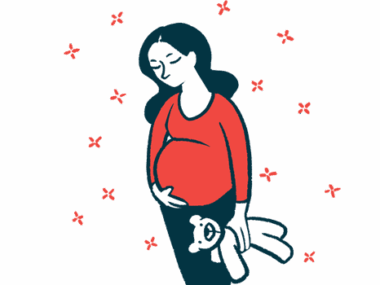Case of aHUS co-occurring with blood disorder DIC reported in boy
Both diseases marked by blood clots, but have different sources
Written by |

Atypical hemolytic uremic syndrome (aHUS) can occur concurrently with disseminated intravascular coagulation (DIC), a blood disorder marked by similar symptoms, but that has different underlying causes.
The case of a boy with both aHUS and DIC was highlighted in the paper, “A Case Report of Atypical Hemolytic Uremic Syndrome Presenting With Disseminated Intravascular Coagulation,” which was published in Cureus.
aHUS is marked by tiny blood clots forming in blood vessels, destruction of blood cells, and organ damage, especially the kidneys. In aHUS, the clots’ formation is driven by the excessive activation of a group of immune proteins called the complement cascade, The condition is often accompanied by genetic mutations that impair the ability to regulate the complement cascade.
Clots also form in blood vessels in DIC, but here the disease occurs due to the disruption of other molecular pathways that normally help control clotting.
Meeting criteria for aHUS, DIC
In this case, a 7-year-old boy in the U.S. sought medical attention after experiencing cough, congestion, fever, darkened urine, and vomiting. The boy also had body aches, chills, and a mild intermittent headache that responded to medication. He’d recently had an influenza infection, but his medical history was otherwise unremarkable.
Laboratory tests revealed severely low levels of platelets, which are cell fragments that help blood clot, and evidence of low red blood cell counts due to blood cells being destroyed, called hemolytic anemia. Tests also indicated elevated levels of a marker of inflammation, kidney injury, and the abnormal activation of the complement cascade. Abnormal complement activation, low platelets, hemolytic anemia, and kidney damage are characteristic of aHUS, leading to its diagnosis.
But the boy’s lab tests also met the criteria for DIC, including low levels of the clotting protein fibrinogen and a prolonged prothrombin time, that is, a measure of how long it takes blood clots to form.
The researchers noted a few previous reports of aHUS and DIC happening at the same time, but all those patients had sepsis, which is an extreme reaction to infection, and wasn’t the case with the boy. The co-occurrence of aHUS and DIC “provides clinical support to the theory that the processes of aHUS and DIC may be linked,” wrote the researchers, who emphasized that more studies are needed regarding the possible connections between the diseases.
The boy was initially given platelet transfusions, intravenous fluids, broad-spectrum antibiotics, and vitamin K to support normal clotting. His DIC eased with supportive care, but his platelet counts and kidney function continued to worsen, so he was treated with Soliris (eculizumab), an approved aHUS therapy.
The boy received four weekly infusions of Soliris, 600 mg for the first two and 300 mg for the last two. Almost immediately, his symptoms began to ease and his laboratory values started to normalize. As of the latest follow-up, he’d been off of treatment for 1.5 years without any recurrence of aHUS. His experience “supports existing evidence that the early administration of [Soliris] can improve the long-term prognosis of aHUS,” the researchers noted.
Soliris is sold by AstraZeneca, which was not involved with the study.






